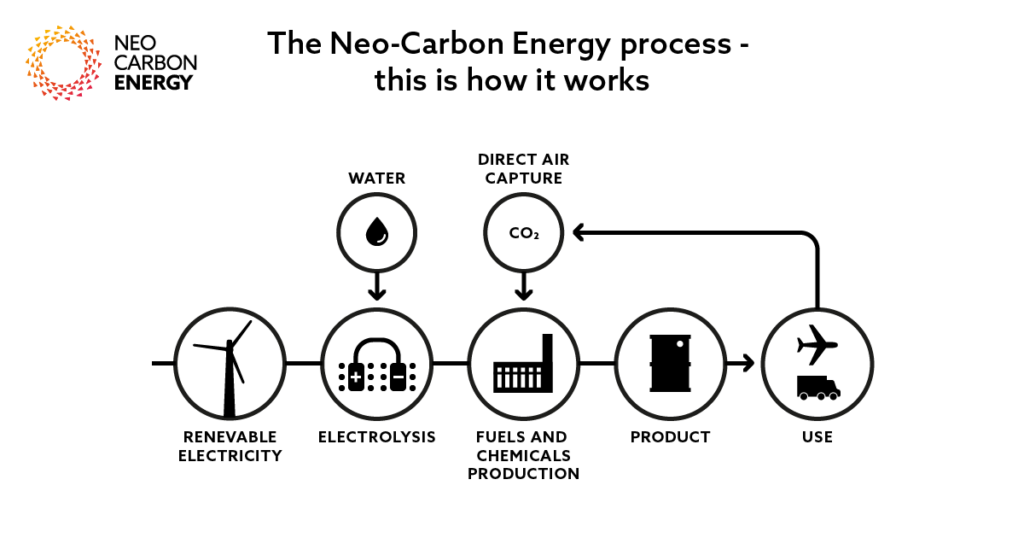What kinds of investments and opportunities does green electrification require and offer?

Green electrification requires the sharing of information between researchers, administration, financiers and industry. The InnoCities lead project maps the national situation and development needs in order to increase investments in the sector.
Green electrification means shifting energy production and consumption to renewable energy sources such as solar and wind power, which reduces carbon dioxide emissions. This enables the transition to a Power-to-X (P2X) economy, where the basic idea is to convert electricity into another form of energy or into a product and, if necessary, back into electricity.
The prerequisites and possibilities of green electrification raise a lot of questions that are directed to research institutions and cities. Lappeenranta took up the challenge together with LUT University and Oulu, which coordinates the Hydrogen Research Forum.
“We are advancing the matter from a science-based perspective. The Hydrogen Research Forum established last year is useful here, as it brings together Finnish universities,” says Project Manager Eeva Lähdesmäki from LUT University.

A large number of various hydrogen-related networks have been created in different parts of Finland during the last couple of years. Lots of research has also been done. In the joint project of LUT University and the University of Oulu, Finnish green electrification networks are mapped in addition to already-conducted research.
“The purpose is to increase the mutual flow of information between research and administration, as well as between investors and business,” Lähdesmäki says.
The project investigates the industry’s view of the situation and its attitude towards it. In addition, it is necessary to identify the investors’ criteria and issues that create uncertainty, as well as the focus of the research in Finland and future study areas.
“The direct use of hydrogen will likely be minimal. We are investigating the downstream products of hydrogen and the production potential in Finland. One downstream product is methanol and possibly also ammonia,” says Project Researcher Lisa Ulvila from LUT University.
The goal is to speed up investments and development in the sector, as researched information and the flow of information reduce financial risks.
“All stakeholders have shown a good level of interest in the project. We have gotten on top of things quickly,” says Eeva Lähdesmäki.
The cities involved in the planning of the project are Lappeenranta, Oulu, Vaasa, Jyväskylä and Joensuu as well as Kokkola and Raahe.
Green electrification lead project
Duration: 1 January 2023–31 December 2024
Total cost: EUR 667,984
Amount of ERDF and government funding: EUR 500,988
Contact information:
Eeva Lähdesmäki,
Project Manager, LUT University
eeva.lahdesmaki@lut.fi
+358 50 332 6793
In 2022, InnoCities received EUR 2 million from the European Regional Development Fund for cross-regional lead themes. InnoCities carry out sustainable urban development in Finland in accordance with the EU’s policies.
Green electrification is one of the six lead themes of InnoCities. Thematic cooperation brings together the resources of different cities and promotes the sharing of good practices as well as international cooperation and investments. InnoCities support innovation and engage in the practical application of research and pilots. InnoCities exist in order to enable people, businesses and other organisations to develop, come together and brainstorm.
